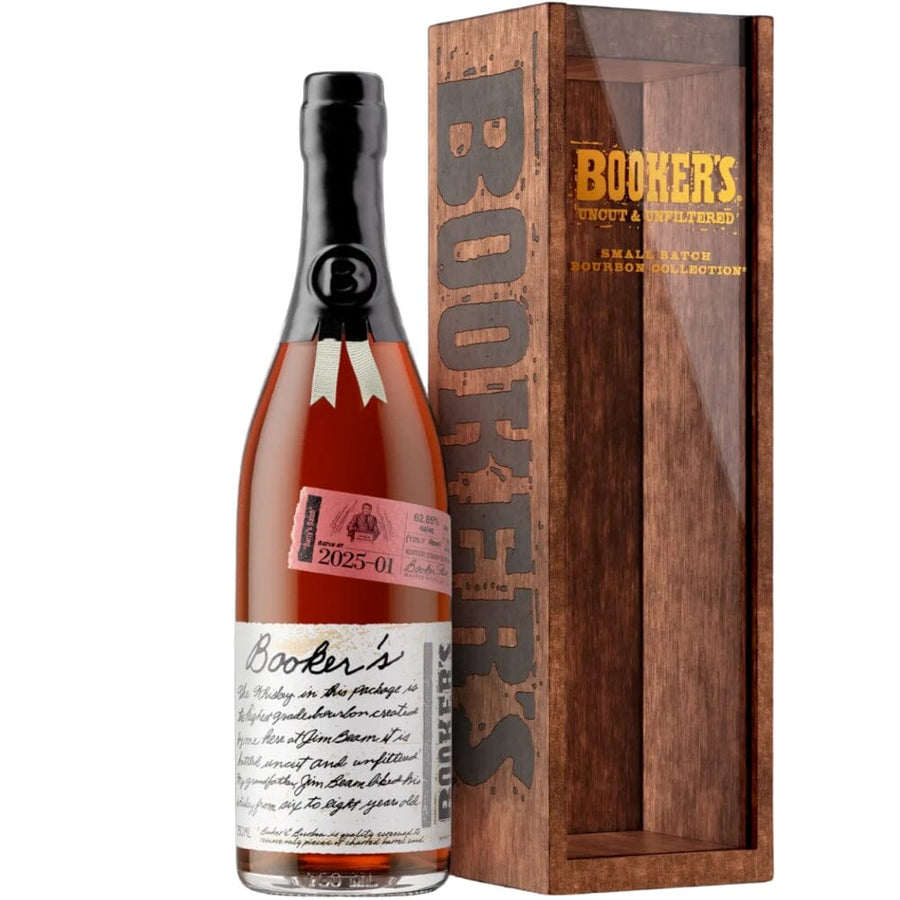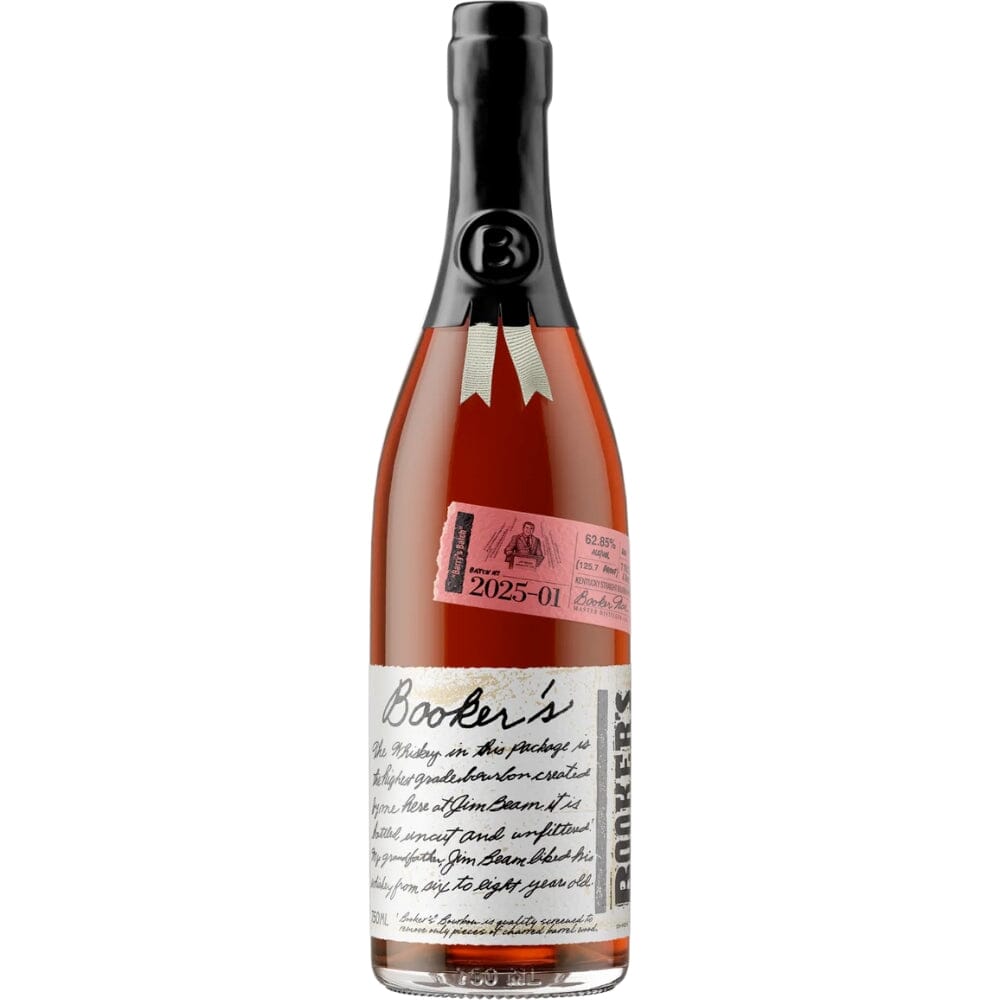About Ilegal Mezcal
Desperate for a good agave-based spirit to stock at his bar (Café No Se) in Antigua, John Rexer began smuggling artisanal mezcal from Mexico to Guatemala using banditos, river rafts, bribes, disguises, and late night drop points. As word spread about Rexer's illegal mezcal, travelers and tourists, journalists and photographers and lawyers and businessmen began patronizing Rexer's bar and smuggling the mezcal from Guatemala back to the United States. Simply put, Ilegal Mezcal began as an illegal pursuit to stock Café No Se with some of the finest spirits being distilled in Mexico.
Today, the journey of Ilegal Mezcal begins in the agave fields of Tlacolula, Mexico. There, under the watchful eye of master distiller Eric Hernandez, expert mezcaleros harvest agave plants that are nearly a decade old and have reached their peak of maturity. After the agave have been harvested, the hearts of the agave, or piñas, are transported to Hernandez's distillery.
At the distillery, the piñas are cooked in a pit oven for approximately five days. The oven is heated by a wood furnace dug below the pit, and kindled with oak, mesquite and eucalyptus (this gives the mezcal its signature, smoky flavor). After the piñas have been cooked, they are chopped into smaller pieces and finally crushed to a mash by a tahona, a stone mill drawn by a horse (Hernandez's horse is named Caballo Sin Nombre, which means "a horse with no name"). The mash is then fermented for up to two weeks by airborne yeasts before it is distilled twice, first through small, stainless steel alembic stills and then again through copper alembic stills.
Each Ilegal Mezcal is certified by COMERCAM (Mexico's regulatory body for mezcal) as being produced naturally — the only ingredients in the mezcal are 100% wild espadín agave, Oaxacan sun, water and time.





